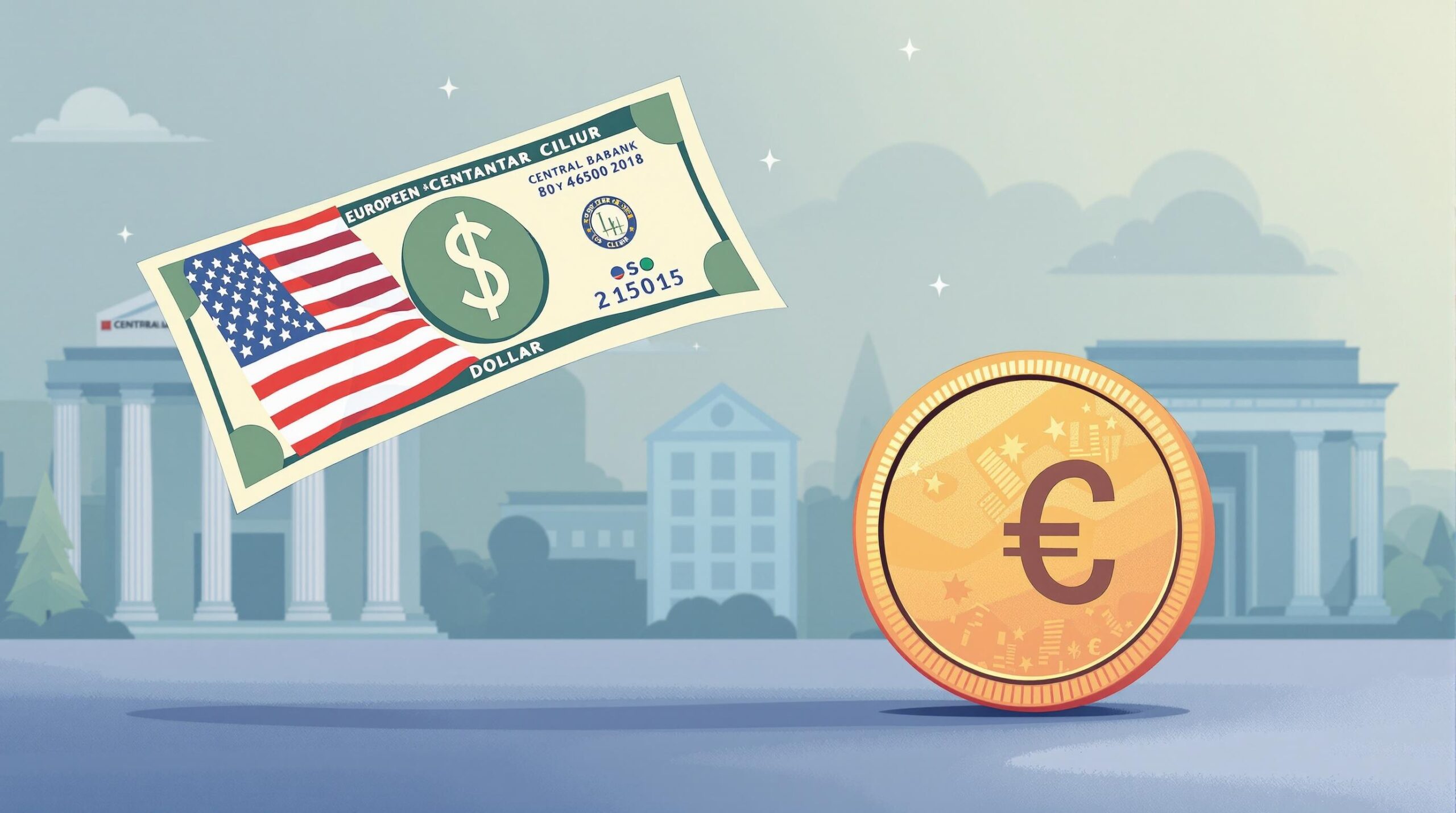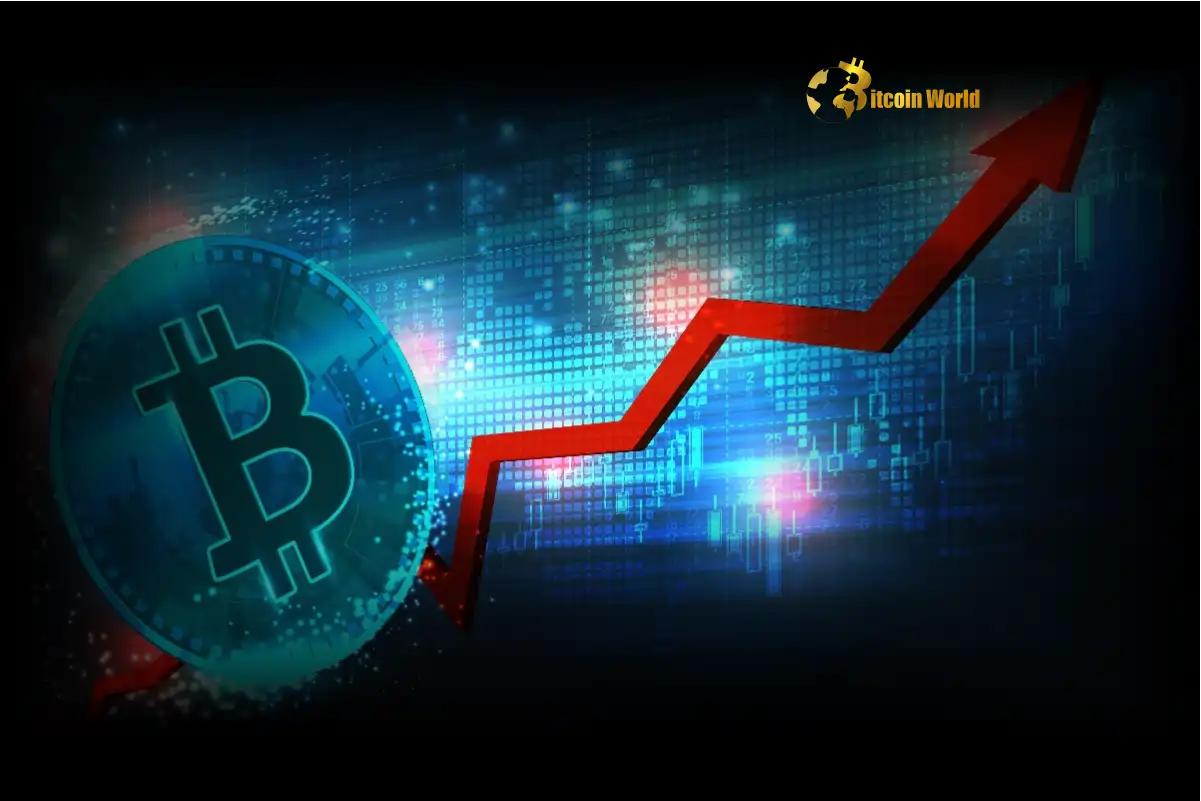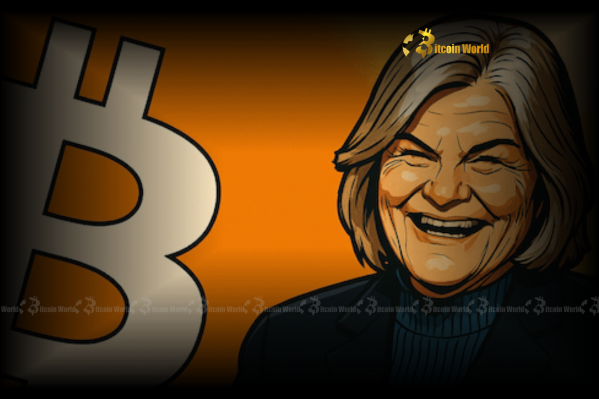BitcoinWorld

US Dollar Strength: Crucial Uncertainty as Euro Slips Ahead of ECB Decision
While cryptocurrency markets often dance to their own beat, understanding the pulse of traditional forex markets, especially the US Dollar Strength and Euro Exchange Rate, is crucial for any investor seeking a holistic view of global financial dynamics. The recent movements in the dollar and euro, particularly ahead of the European Central Bank (ECB) meeting, signal significant shifts that could ripple through various asset classes, including digital assets. This intricate interplay between central bank decisions, economic indicators, and currency valuations offers a compelling narrative for those looking to grasp the broader Forex Market Trends and their implications for the Global Economic Outlook.
Understanding the Current US Dollar Strength: What’s Driving It?
The US Dollar Strength has been a prominent feature in the currency landscape recently, with the greenback demonstrating resilience against major counterparts. This upward trajectory is not merely a random fluctuation but a consequence of several underlying economic and geopolitical factors. Primarily, the Federal Reserve’s aggressive monetary tightening cycle, initiated to combat persistent inflation, has made dollar-denominated assets more attractive due to higher interest rate differentials compared to other developed economies. Investors seeking better returns or a safe haven during periods of global uncertainty often flock to the dollar, further bolstering its value.
- Interest Rate Advantage: The Fed’s higher benchmark rates make holding dollars more lucrative than currencies from central banks with a more dovish stance.
- Safe-Haven Demand: Global geopolitical tensions, economic slowdown fears, and market volatility often push investors towards the perceived safety of the US dollar.
- Economic Resilience: Despite recession concerns, the US economy has shown relative resilience in certain sectors, supporting the dollar’s appeal.
The implications of a strong dollar are far-reaching. For instance, it makes US exports more expensive and imports cheaper, impacting trade balances. For cryptocurrency investors, a stronger dollar can sometimes signal a “risk-off” environment, potentially leading to outflows from riskier assets like digital currencies, though this correlation is not always straightforward and can be influenced by crypto-specific narratives. Conversely, a weakening dollar could create a more favorable backdrop for crypto, as investors seek alternative stores of value.
Why is the Euro Exchange Rate Under Pressure?
In stark contrast to the dollar’s ascent, the Euro Exchange Rate has found itself on a slippery slope, retreating against the greenback and other major currencies. This weakness is multifaceted, stemming from a combination of economic challenges within the Eurozone and market expectations regarding the ECB’s future policy path. Persistent inflation, coupled with a slower economic growth trajectory compared to the US, has painted a less optimistic picture for the common currency.
One key factor contributing to the euro’s vulnerability is the ongoing energy crisis, which disproportionately affects European economies heavily reliant on imported energy. This has fueled inflation while simultaneously dampening industrial output and consumer confidence. Furthermore, divergence in central bank policies plays a significant role; while the Federal Reserve has signaled a commitment to higher rates for longer, the market’s perception of the ECB’s willingness or ability to match this hawkishness has wavered.
- Economic Slowdown Concerns: Fears of recession or stagflation within the Eurozone due to energy costs and tight monetary conditions.
- Inflation Dynamics: While high, Eurozone inflation has shown signs of peaking, leading some to believe the ECB might not need to be as aggressive as the Fed.
- Policy Divergence: The perceived gap between the Federal Reserve’s hawkish stance and the ECB’s potentially more cautious approach.
The depreciation of the Euro Exchange Rate has direct consequences for businesses and consumers across the Eurozone, making imports more expensive and potentially exacerbating inflationary pressures. For global investors, it highlights the importance of understanding regional economic nuances and their impact on currency valuations.
Anticipating the ECB Monetary Policy Decision: What’s on the Horizon?
The upcoming ECB Monetary Policy meeting is undoubtedly the focal point for currency traders and economists alike. The European Central Bank faces a delicate balancing act: taming persistent inflation without pushing the Eurozone economy into a deep recession. Market participants are keenly awaiting signals regarding interest rates, quantitative tightening, and forward guidance on future policy steps.
There are several potential outcomes for the ECB’s decision, each with distinct implications for the Euro Exchange Rate and broader markets:
- Rate Hike (e.g., 25 or 50 basis points): A decisive rate increase would signal the ECB’s commitment to fighting inflation, potentially offering some support to the euro. However, the size of the hike will determine the market’s reaction, with a larger hike generally seen as more hawkish.
- Pause in Rate Hikes: If the ECB opts to pause its hiking cycle, citing improving inflation data or growing recession risks, it could further weaken the euro as it suggests a less aggressive stance than previously anticipated.
- Dovish Forward Guidance: Even if a hike occurs, any language suggesting a slower pace of future hikes or an earlier end to the tightening cycle could be interpreted as dovish, putting downward pressure on the euro.
- Hawkish Forward Guidance: Conversely, if the ECB signals a sustained commitment to fighting inflation with further hikes, even if they pause now, it could provide more enduring support for the currency.
The nuances of the ECB’s statement, particularly concerning their assessment of inflation, economic growth, and the path of future rates, will be critical. Traders will scrutinize every word for clues, as even subtle shifts in language can trigger significant market reactions. The outcome of this ECB Monetary Policy meeting will be a defining moment for the Eurozone’s economic trajectory and the euro’s standing.
Navigating Forex Market Trends: Actionable Insights for Investors
Understanding the prevailing Forex Market Trends is paramount for anyone involved in global finance, from institutional traders to individual investors with diversified portfolios. The current environment, characterized by a strong US Dollar Strength and a weakening Euro Exchange Rate, presents both challenges and opportunities. For those looking to make informed decisions, monitoring key economic indicators and central bank communications is essential.
Here are some actionable insights for navigating these complex trends:
- Monitor Interest Rate Differentials: Pay close attention to the gap between interest rates in major economies (e.g., US vs. Eurozone). Widening differentials often favor the currency with higher rates.
- Track Inflation and Growth Data: Economic reports on inflation, GDP growth, employment, and consumer confidence provide vital clues about a central bank’s likely policy path. Stronger growth and persistent inflation tend to support hawkish policies.
- Follow Central Bank Commentary: Speeches, press conferences, and minutes from central bank meetings (like the ECB and Federal Reserve) offer direct insights into their thinking and future intentions.
- Diversify Your Portfolio: For cryptocurrency investors, understanding forex movements can help in diversifying risk. While not directly correlated, extreme forex volatility can sometimes spill over into other asset classes.
- Consider Hedging Strategies: Businesses or individuals with significant exposure to foreign currencies might consider hedging strategies to mitigate exchange rate risk.
The forex market is dynamic and influenced by a myriad of factors, including geopolitical events, commodity prices, and investor sentiment. Staying informed and adaptable is key to successfully navigating its ever-changing currents.
Broader Implications for the Global Economic Outlook
The interplay between the US Dollar Strength, the struggling Euro Exchange Rate, and the crucial ECB Monetary Policy decisions extends far beyond currency trading desks. These dynamics have profound implications for the overall Global Economic Outlook, influencing trade, inflation, corporate earnings, and even geopolitical stability.
- Trade and Competitiveness: A strong dollar makes US exports more expensive, potentially hurting American companies reliant on international sales. Conversely, it makes imports cheaper, which can help ease inflationary pressures on imported goods. For the Eurozone, a weaker euro makes its exports more competitive but imports more costly, contributing to domestic inflation.
- Inflation Dynamics: Currency depreciation can exacerbate imported inflation, as it costs more local currency to buy foreign goods and services. This is a significant concern for the Eurozone, where energy and food imports are substantial.
- Corporate Earnings: Multinational corporations are directly impacted by currency fluctuations. US companies with significant overseas operations may see their foreign earnings diminish when converted back into a stronger dollar. European companies, however, might benefit from a weaker euro making their products more attractive abroad.
- Emerging Markets: Many emerging market economies hold dollar-denominated debt. A stronger dollar makes this debt more expensive to service, potentially leading to financial strain and capital outflows.
- Commodity Prices: Most commodities, including oil and gold, are priced in US dollars. A stronger dollar typically makes these commodities more expensive for buyers using other currencies, potentially dampening demand.
Ultimately, the trajectory of these major currencies and the decisions of central banks like the ECB are critical determinants of global financial stability and growth. They paint a picture of an interconnected world where local policy decisions have global repercussions, shaping the Global Economic Outlook for months and years to come.
The current financial landscape is undeniably complex, marked by significant shifts in major currency valuations. The prevailing US Dollar Strength, juxtaposed with the pressures on the Euro Exchange Rate, highlights a critical period for global markets. As the European Central Bank prepares to unveil its latest ECB Monetary Policy decisions, the world watches keenly, anticipating the ripple effects across asset classes, from traditional equities to the burgeoning crypto sphere. Understanding these intricate Forex Market Trends is not just for currency traders; it’s essential for anyone seeking to comprehend the broader Global Economic Outlook and position themselves strategically. The interconnectedness of our financial system means that developments in one corner of the market can profoundly influence others. Staying informed about central bank actions, economic data, and geopolitical events will be key to navigating these currency crossroads successfully.
To learn more about the latest Forex market trends, explore our article on key developments shaping the Euro, US Dollar, and interest rates, and their impact on global liquidity and institutional adoption.
This post US Dollar Strength: Crucial Uncertainty as Euro Slips Ahead of ECB Decision first appeared on BitcoinWorld and is written by Editorial Team





